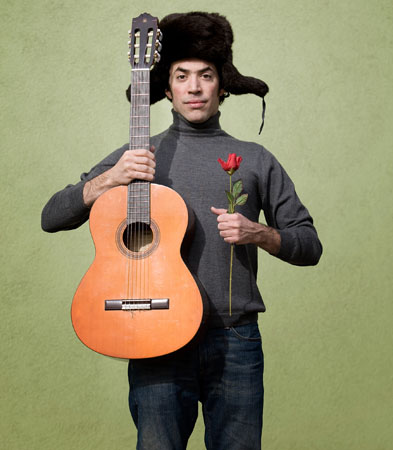 Oh, Canadian Music
Oh, Canadian MusicAlthough it's pretty close to home, Canada's music is varied despite its strong influence from American culture. Other large musical influencers include France and Britain because of their histories with Canada.
When French settlers came to the country in the 17th century, they brought with them not only the language and customs of France, but also European instruments such as the flute and trumpet. In the 1700s, Canada was introduced to opera, and orchestral and chamber music also became popular. The music of European composers like Bach, Handel and Mozart was frequently played in concert halls.
At the start of the 20th Century, Canada began to see its musical culture expand with the creation of Canada's first record label, Compo Company, and its first radio stations, some of which were in French.
During the mid-century, jazz was the most popular musical form, and swing dancing followed suit. The first major mainstream band in Canada was The Royal Canadians, which received international recognition in the '20s.
After the second World War, Canadian bands began to sprout up all over the country, most of them being school bands and teen idols. Many Canadian artists ended up achieving success when thrust into the American music industry, but other musicians remained true to their Canadian roots.
In the '80s and '90s, musical genres expanded further in Canada, and the "youth culture" became ever-present. One of the most famous musicians to emerge from the country was French-Canadian singer Celine Dion, who quickly achieved international success.
Other mainstream Canadian artists to emerge in the United States include Michael Bublé, Alanis Morissette and Justin Bieber.
 Diana Krall
Diana KrallAlthough Diana Krall has reached international fame for her musical talents like many other Canadian musicians, the British Columbia native stays true to the sultry jazz sounds of early 20th century Canada.
Other than her masterful piano playing, Krall is also quite recognized for her incredible contralto vocals. The singer has not only been named by Billboard as one of the greatest jazz musicians of her time, but she has also won two Grammy Awards and eight Juno Awards (the Canadian equivalent of a Grammy).
At age 48, Krall has release 11 studio albums and has sold over 15 million albums worldwide, making her one of the best-selling artists of today.





